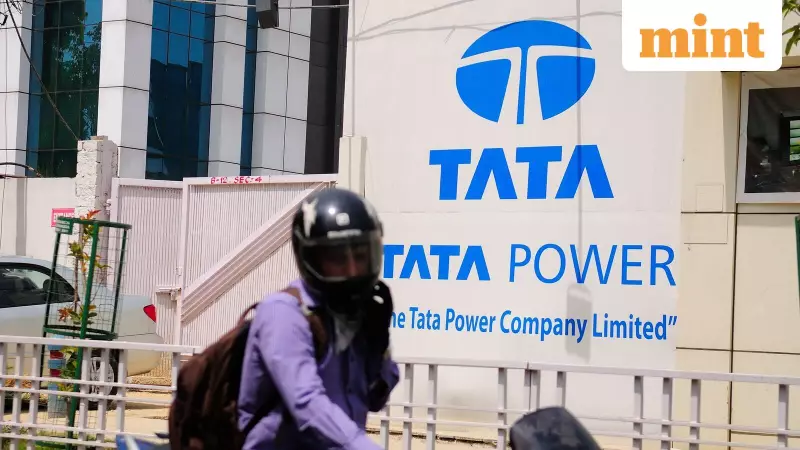
Tata Power's Major Foray into Solar Ingot and Wafer Manufacturing
In a significant move to bolster India's renewable energy infrastructure, Tata Power has revealed plans to establish a new manufacturing facility dedicated to producing solar wafers and ingots. The company's Chief Executive Officer and Managing Director, Praveer Sinha, made the announcement on Tuesday, marking Tata Power's strategic entry into this foundational segment of the solar supply chain.
Strategic Expansion and Capacity Details
The planned facility will boast an impressive 10-gigawatt (GW) capacity. This initiative represents a critical step in backward integration for the power giant, which currently possesses an integrated solar module and cell manufacturing capacity of 4.9GW. Ingots and wafers are the essential base materials required for the production of solar cells, making this a foundational investment.
"As far as our backward integration is there, we have plans to set up a 10 gigawatt wafer and ingot plant. We are deciding on the location of the plant and the technology and, hopefully, we will be in a position to finalize it," Sinha stated. He further clarified that the company currently has adequate capacity for modules and cells, indicating a focused effort on strengthening the upstream supply chain.
Aligning with National Goals and Market Position
This ambitious project aligns perfectly with the Indian government's push to localize the solar module supply chain and reduce dependence on imports. By venturing into wafers and ingots, Tata Power is poised to become one of the few comprehensive renewable energy component manufacturers in the country, present across the entire solar component ecosystem.
This move places it in a competitive space alongside other major Indian corporations. Currently, Adani Solar is the only other significant player with a presence across the ingot-to-module chain. Other entities, including the Adani Group, ReNew, Reliance Industries, and Waaree, have also announced similar ambitions to operate within the complete solar component landscape.
Strong Financial Performance and Future Outlook
The strategic announcement was complemented by strong financial results. Tata Power reported a 14% rise in its consolidated net profit for the July-September quarter, reaching ₹1,245 crore. The company's revenue for Q2 also saw growth, standing at ₹15,769 crore, which is 3% higher than the same period last year.
Sinha attributed this robust performance to the company's strategic initiatives and its integrated business model. Beyond solar, he also addressed future diversification, noting that a dedicated team is exploring opportunities in nuclear power, pending regulatory changes. Furthermore, with proposed amendments to the Electricity Act, Tata Power aims to significantly expand its distribution footprint to 40 million consumers by 2030.
The company's shares ended virtually unchanged at ₹395.60 on the BSE following the announcements.





